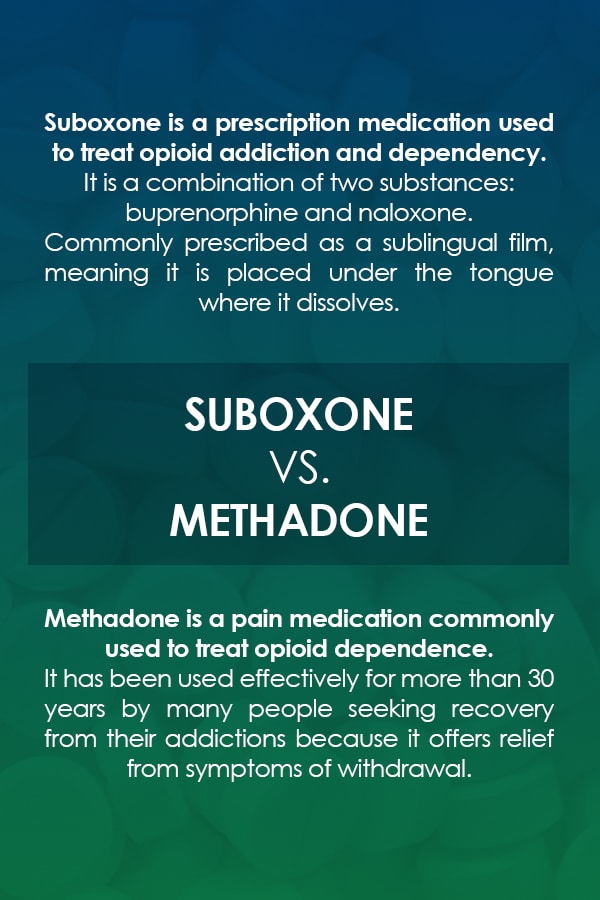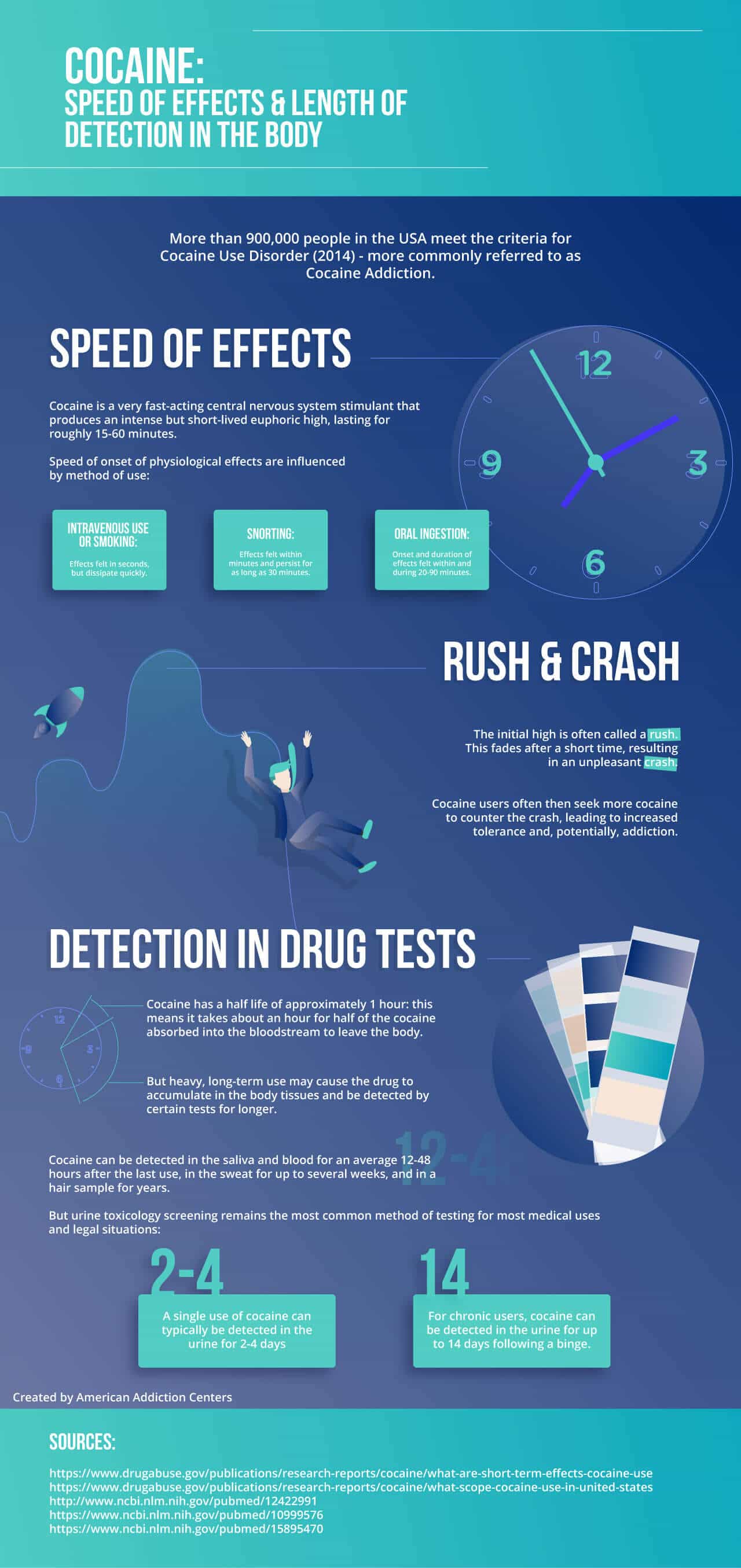Treatment plans that are worked out straight with customers invite the client to share both effort and obligation for determining the course of treatment, consisting of both end goals and the actions to take in aiming to reach those objectives. Recent work points toward the worth of tailoring treatments to people in their specific sociocultural contexts.
Treatment dyads can also create and evaluate "person-specific" hypotheses about the functional relationships between pertinent aspects indentified in the event solution of the client's issues (Mumma, Marshall & Muir, 2018). In amount, a workable treatment strategy is responsive to the client's specified interests, offers versatile structure, strengthens client option, supports decision-making, and promotes duty for results of customer behaviors.
The very first element is the rationale provided to the customer for producing a strategy; this consists of the therapist's thoughtful action to the customer's response to the planning proposal. When the customer consents to team up on a strategy, the second component specifies the issue(s) to be resolved in treatment. Third, planning involves information of goals to be tried, with the desired basic result to be either resolution of the issue or a minimum of reduction of its damaging impact.
These actions toward the objective help make the procedure of changing habits more reasonable and manageable for both the client and the therapist. Fifth, planning defines approaches to be utilized for working on each objective, or tasks to be undertaken in attempts to move toward goals. The importance of personalizing the relevance of steps taken and reacting flexibly to customers expectations will also be emphasized.


The present section is structured around these six parts of a treatment strategy - how to make a treatment plan for addiction. The reasoning for involving the client as much as possible in formal planning of a course of therapy will be followed by a discussion of some common problems focal to lots of cases of compound use conditions. These consist of low inspiration and low self-efficacy for altering problematic behaviors.
These goals include (a) increasing the client's inspiration and self-efficacy for modification, (b) improving clients' understanding of their thoughts, feelings and behaviors related to substance use and associated issues, and (c) interesting clients in action prepared to promote modification. http://ricardoojsd021.wpsuo.com/h1-style-clear-both-id-content-section-0-facts-about-examples-of-how-to-write-addiction-impact-letter-for-family-member-in-treatment-uncovered-h1 Within the sections covering each general goal, possible goals, approaches, and timeframes will be detailed, with a specific concentrate on significant objectives for each objective.
Interventions to resolve extra problems related to substance use conditions and related issues are detailed in Glidden-Tracey (2005) in addition to considerations for preparing termination. Clients who misuse drugs or alcohol typically lack structure in substantial parts of their lives. Since their time is highly arranged around alcohol or drug-related activities, or due to the fact that their compound use blunts their capability for executive functioning (or both), they might have trouble setting realistic goals, establishing practical plans, or maintaining inspired effort in realms of life outside of substance usage and the activities needed to keep using.
Little Known Questions About What Ar Esome Treatment For Exercise Addiction.
Even more mentioning the chaotic nature of a compound use condition, diagnostic requirements define that the symptomatic private tries to quit using but can not, or ignores crucial life functions in favor of ongoing substance use, or keeps drinking or drugging even in the face of seriously unfavorable consequences. what is the first step of drug addiction treatment. People whose days have been arranged around drugs or made complex by alcohol have much to gain from the structured activity of preparation treatment with a therapist.
By hence identifying issues, inconsistencies, and goals, the therapist can assist clients pick how they can use their time together in treatment sessions to promote development toward those objectives. Cooperation to identify and focus on specific goals and techniques with timeframes for reaching those goals helps the therapist and client together establish a treatment strategy customized to the individual clients interests and issues (Washton and Zweben, 2006) - peer-review articles on how to create personal model for addiction treatment.
Once the client consents to a negotiated strategy, the therapist will refocus on the planning procedure when required to clarify problems through further evaluation. Therapists can also undertake routine evaluation of the treatment strategy to assist define customer options and to choose and execute actions. Furthermore, evaluation of a treatment strategy also includes evaluation of the results of those actions and revision of the strategy as the work progresses.
Engaging a customer in collaborative treatment planning is in itself an intervention that adds to progress in therapy. Hopefully it is already clear that I wish to concentrate on the active process of preparation treatment as well as the gotten product of a file to be filed in the customer's record.
It can function as a nonbinding agreement of sorts to assist subsequent deals in the treatment relationship. But the underlying property is that without including the client's point of view and activating the client's initiative, the file will be worth little more than the paper it is written on. Informing an alcoholic customer that he needs to stop consuming will not help till the client accepts stop. Customers who have actually been dealing with their anger, sadness, frustration, or anxiety by masking Get more info sensations behind substance-induced affect can benefit from a therapist's ideas about other effective strategies for handling hard feelings. Glidden-Tracey (2005, Chapter 9) addresses interventions to help clients handle tough affect consolidated the problems that bring them to treatment.
Customers who consent to objectives of managing psychological arousal that interferes with efficient performance typically require the job broken down into manageable actions. To help plan treatment approaches for feeling management goals, the therapist can make use of the timeless approach-avoidance conflict paradigm posed by Dollard and Miller (1950 ). Already mentioned is the tendency for substance users in treatment to feel ambivalent about changing their patterns of usage, since their substance use yields both enjoyable and uneasy outcomes.
Dollard and Miller (1950) empirically confirmed their hypotheses that the tendency to approach an objective would be more powerful when the individual is further from the objective, however avoidance activity increases rapidly and ultimately overtakes the method propensity as the individual gets closer to the goal. The customer being in the therapist's workplace with Drug Rehab Center primed awareness of the undesirable elements of substance use that landed the customer there is at that point more inspired to approach the goals of therapy than the client will be throughout the time in between sessions when opportunities occur to act counter to goals and goals.
The Buzz on What Are Models Of Addiction Treatment
Often the client gets anxious about the conflicting pulls. The customer might be more lured to prevent considering either the objectives or the associated conflict by offering into the urge to utilize the compound, which promises remedy for contrasting feelings, however temporary. A client who frets about dealing with friends who push him to drink with them can take advantage of factor to consider in treatment of what he can do in those minutes to adhere to his goals and deal with the matching sensations.